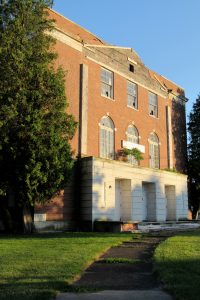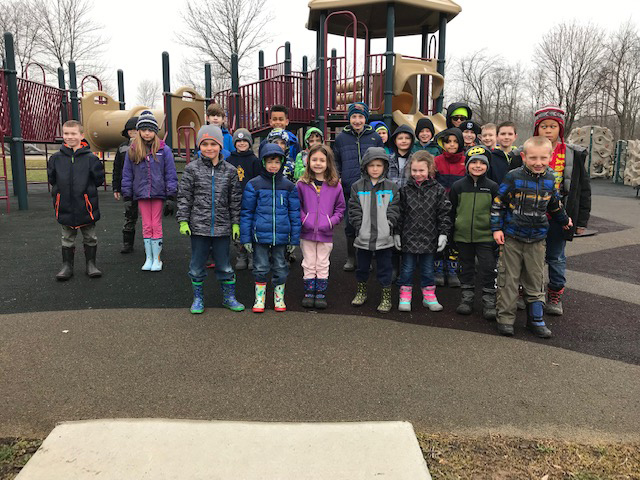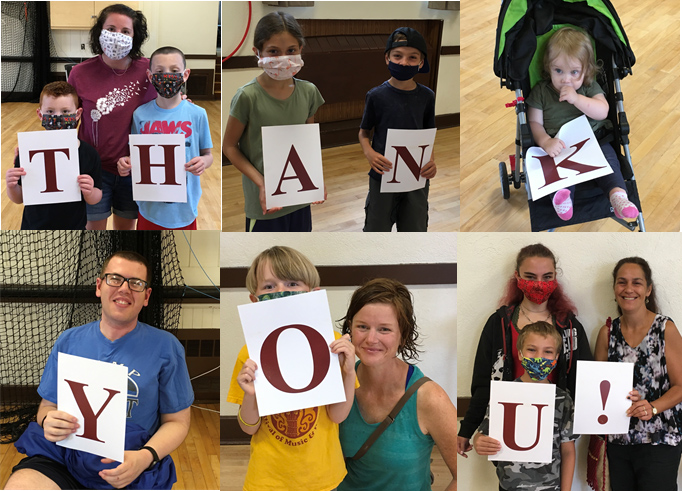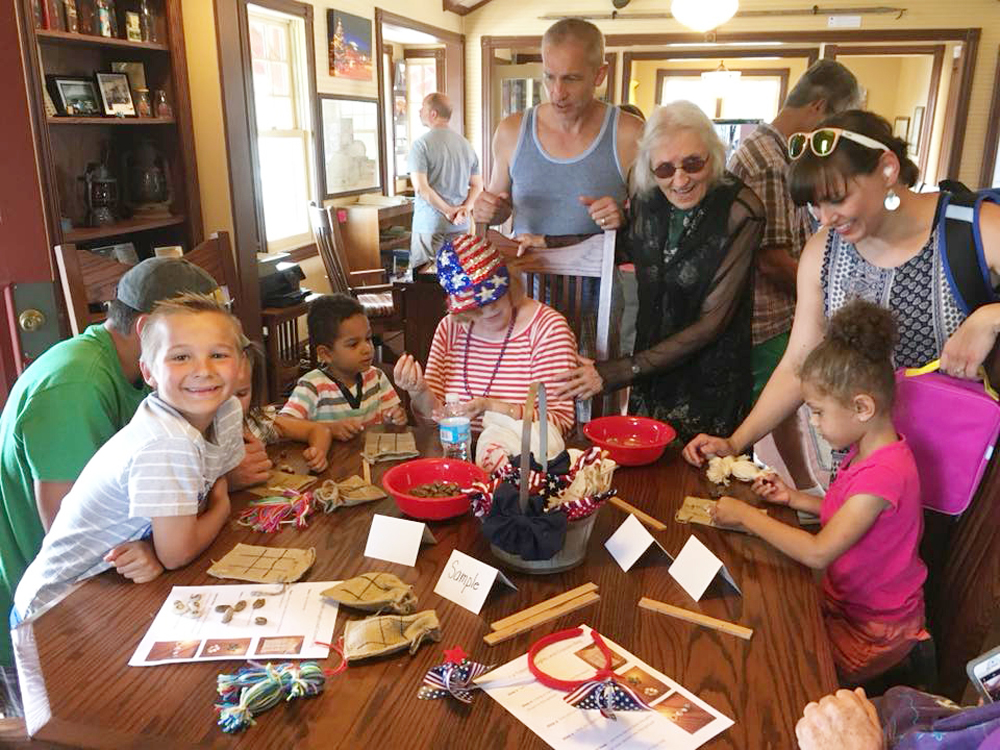Developers continue to pursue funding for old Holley High School project/eight Diaz homes are sold
Good news for the Village of Holley in recent weeks as developers who want to turn the old Holley High School into senior housing/village offices say they are continuing in their efforts to secure tax credits and grant funding to move the renovation/restoration project forward.
Charlie Oster of Edgemere Development and Home Leasing executive vice-president Kim Russell spoke with members of the Holley Village Board and the Murray Town Board July 11, and received support in their efforts to pursue grant funding from sources such as NYSERDA, the New York Main Street Grant Program and the Empire State Economic Development Fund through a New York State Consolidated Funding Application.

Developers also plan to strengthen and re-submit their application to New York State Homes and Community Renewal for funding. The project was not funded this spring, something Holley Mayor Brian Sorochty said was not unusual on the first try.
Charlie Oster noted Orleans County is part of the Finger Lakes Region – the most competitive in the state for funding – and that Holley faces the additional challenge of being a rural community.
“The state takes a hard look at the market,” Oster said, and explained developers must document sufficient demand for proposed projects.
The Orleans Economic Development Agency has announced it will pursue grant funding for up to $500,000 for the project from the Environmental Protection Fund, which awards grants for Parks, Preservation and Heritage projects.
The school is located in the village’s historic district and the matching grant is for property on the National Register of Historic Places. The Orleans Economic Development Agency will sponsor the grant and Home Leasing and Edgemere will file the application. Home Leasing will pay the matching funds.
Kim Russell of Home Leasing said community support is vital for securing necessary funding. She encouraged Holley leaders to begin a letter writing campaign in the community as well as begin meeting with state and federal representatives.
Diaz homes sold
Village officials in Holley have also learned that all eight of the “Diaz” homes abandoned about 15 years ago following the release of chemicals from the Diaz plant on Jackson Street, have been sold.
The Village of Holley Development Corporation (VHDC) obtained ownership of the homes from the EPA this past spring, and John DiMartino, remedial project manager for the EPA, reported to Village Board members July 11, that six of the eight homes had sold. By the end of the week of July 10, all eight homes had sold.According to published reports, the eight purchase offers totaled $192,600.
Under an agreement between the VHDC and the EPA, the EPA will receive 90 percent of the purchase price and the VHDC will receive 10 percent. The new owners must show they have had a certified lead abatement contractor remove any lead in the homes before a certificate of occupancy is issued.
VHDC members said they hope to use their share of the sale price to open a bank account and perhaps pursue grant writing opportunities for other projects in the village.
John DiMartino also reported to village leaders regarding Phase I of soil and groundwater clean-up at the Diaz site, which is now getting underway. “It is going well,” DiMartino said of the in-situ thermal treatment which will remove chemicals remaining in the soil at the site.
Phase I will cover only 10 percent of the site, as the EPA is not certain how specific chemicals will respond to the thermal treatment process. “It is anticipated that construction of the ISTT system will start in early August 2017, with actual operation to begin in December and continue until summer 2018,” the EPA says of Phase I.
Once Phase I is complete, the EPA will devise Phase II for the remainder of the site. DiMartino said Phase I is completely funded. Phase II is not, and could cost as much as $30 million, an expense he says he foresees being funded over a period of time.





